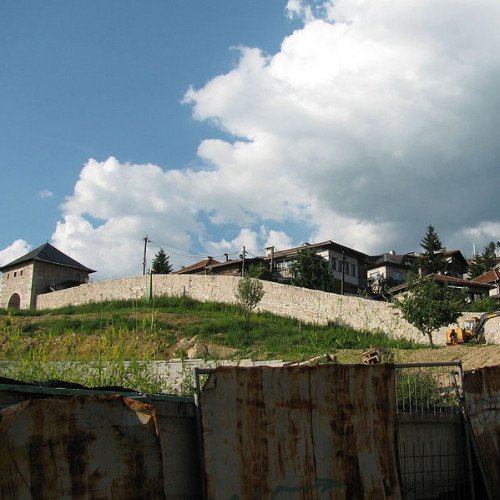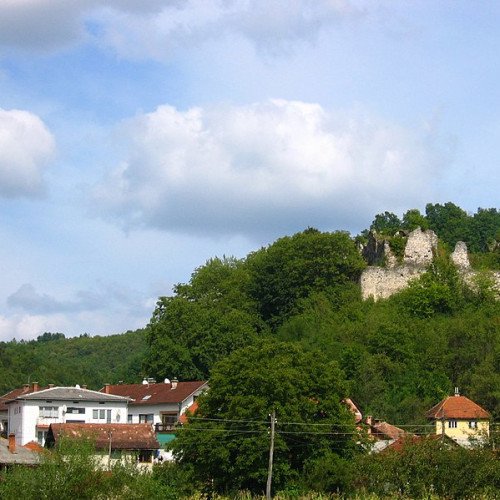Castles of "Bosnia and Herzegovina" VRATNIK (SARAJEVO) vs VRNOGRAČ CASTLE

VRATNIK (SARAJEVO)
Vratnik (Cyrillic: Вратник), also Stari grad Vratnik (Стари град Вратник, English: The old Vratnik town), is one of the oldest neighborhoods in Sarajevo, Bosnia and Herzegovina. Developed by the Ottomans since 16th century, its core was redeveloped into in the fortified "walled city" in 18th century, after Prince Eugene of Savoy brief terror-raid into Ottoman-held Bosnia which culminated in sacking and burning of undefended open city of Sarajevo. "Walled city of Vratnik" lies within wider neighborhood of the same name and is designated as national monument of Bosnia and Herzegovina since 2005. Vratnik is of Slavic origin and is derived from the form Bratnik, which appears in the Turkish documents in the second half of the 15th century. Others believe, Vratnik name comes from the word "vrata" (gateway or door). The old Vratnik fort is associated with its location alongside the roads by which persons and goods entered the town from east at that time. The "Imperial Road" (Carska Džada), road from Sarajevo via Višegrad to Istanbul, led over Vratnik for centuries. Up until the brief but destating brief terror-raid of Prince Eugene of Savoy in 1697, when city was sacked and numerous buildings burnt and rest of the city severely damaged, Sarajevo was an open city. This tragic event prompted governor Ahmed-Pasha Rustempasic Skopljak in 1727, to order Vratnik town and most of its core to be redeveloped into the fortified "walled city".
Statistics for this Xoptio

VRNOGRAČ CASTLE
Vrnograč Castle is a castle in Bosnia and Herzegovina.